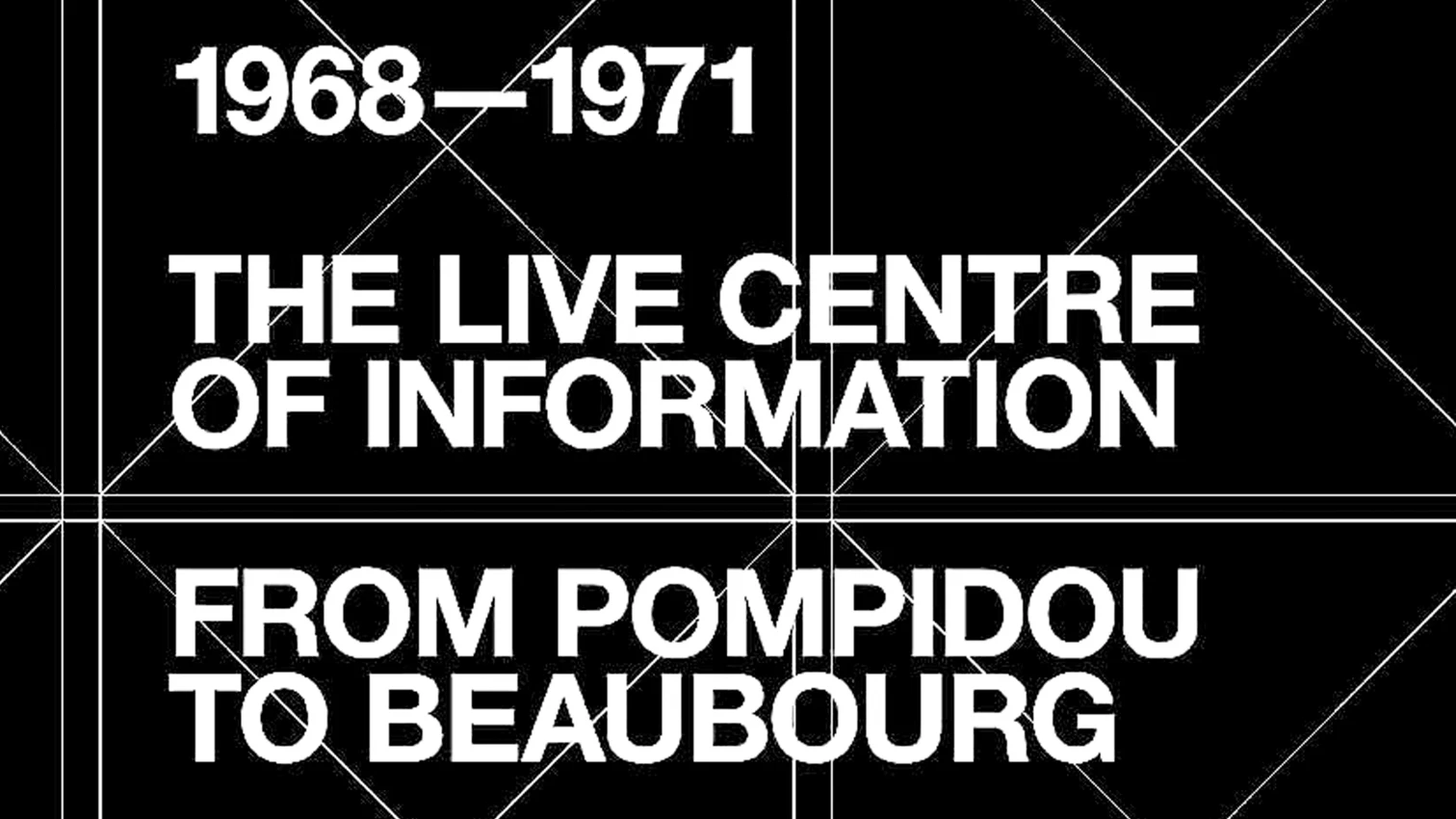
The more famous a building is, the more it is wrapped in myths and clichés, and the more we gain from those who take pains to delve into its history. The Centre Pompidou (1971-1977) is one of the iconic constructions of the 20th century. It helped redefine museums and threw the spotlight on two young architects. The story is told in this outcome of a dissertation written at EPFL Lausanne, on the basis of data gathered from different archives and from testimonies of the protagonists.
Among the book’s fortes is its reconstruction of the institution’s history after the presidential decision to hold an international competition. Hanzeian details the maturing, in France, of the idea of a non-conventional building for contemporary culture that would put Paris back on the map of art capitals. Besides presenting the requirements of the commission, Hamzeian analyzes the trajectories of Piano and Rogers, the reasons behind their teaming up, and the construction experiments that preceded the Parisian contest. The second part of the book discusses the jury’s deliberations and the motifs that led it to choose the design of Piano, Rogers, Franchini, and Ove Arup & Partners, to then go through the phases, step by step, of the building of this daring work.
Publishing the book in English, Italian, and French is a tribute to the national spirits that gave rise to the Centre Pompidou. In its historiography Hamzeian’s volume marks a turning point and is bound to become an essential source for anyone interested in what the future holds for this building.







